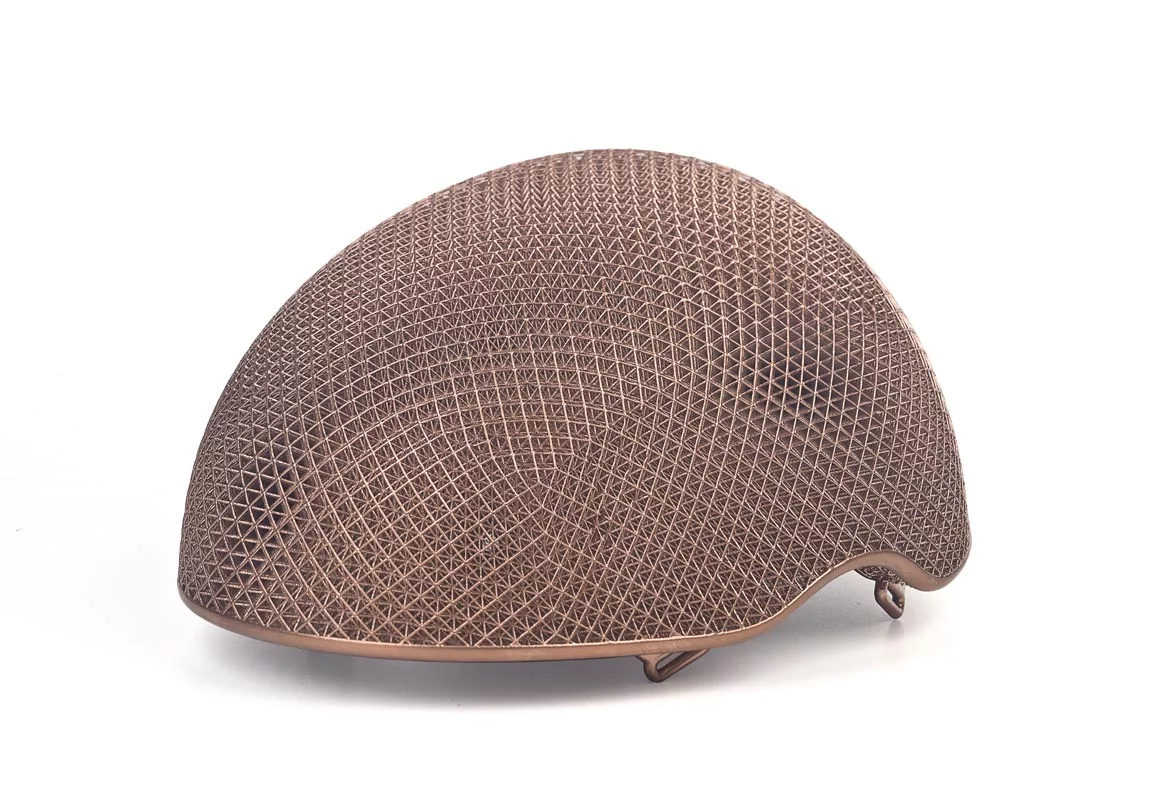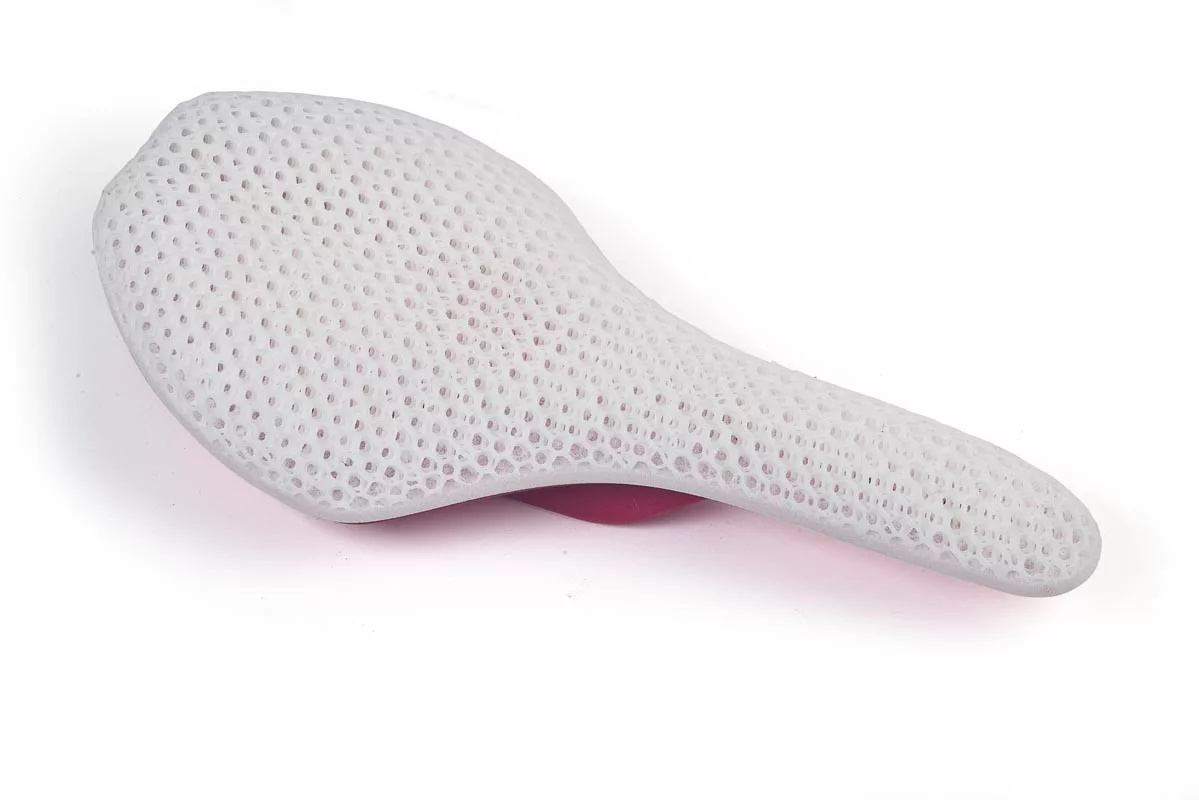Our Processes
Selective Laser Sintering (SLS)
Our Processes
- Selective Laser Sintering (SLS)
- Powder Bed Fusion (MJF/SAF/HSS)
- Stereolithography (SLA)
- PolyJet (PJM) -EN
- CAD, manufacturing-oriented building component design & reverse engineering
- Measurement technology
- Metal casting
- Selective laser melting (SLM)
- RapidTooling (RT)
- CNC Machining
- Model making (MB)
- Vacuum casting (VAC)
- Fused Deposition Molding (FDM/FFF)
Laser sintering allows you to produce samples and prototypes that can be tested not only in terms of their geometric shape but also in terms of their functionality, and which exhibit mechanical properties close to those of series production. In this process, powdered polyamide is fused locally layer by layer using a laser. The real model achieves high dimensional and shape accuracy with a general deviation of +/- 0.5%. For small components less than 30 mm in size, a general deviation of +/- 0.15 mm applies. In addition, post-processing and painting of the polyamide models can achieve a very good surface finish. The laser sintering process is particularly suitable for the production of functional prototypes with snap hooks, film hinges, and clip connections, as well as for installation tests, design verification, and rapid manufacturing for batch sizes of up to 1000 parts. Laser sintering enables the rapid production of prototypes for extensive functional testing. The mechanical and thermal properties allow the parts to be subjected to comparatively high stresses. The turnaround time is 3-5 working days.
Material data
Fine polyamides PA 12 are mostly used in SLS systems. Polyamides PA 2200 and PA 2201 are certified as biocompatible and also meet the strict requirements of the FDA. In addition to standard materials, we also offer filled materials such as Alumide, PA12cf, and PA3200GF. Chemically resistant parts made of polypropylene (PP) and flexible components made of thermoplastic polyurethane (TPU) are also available.
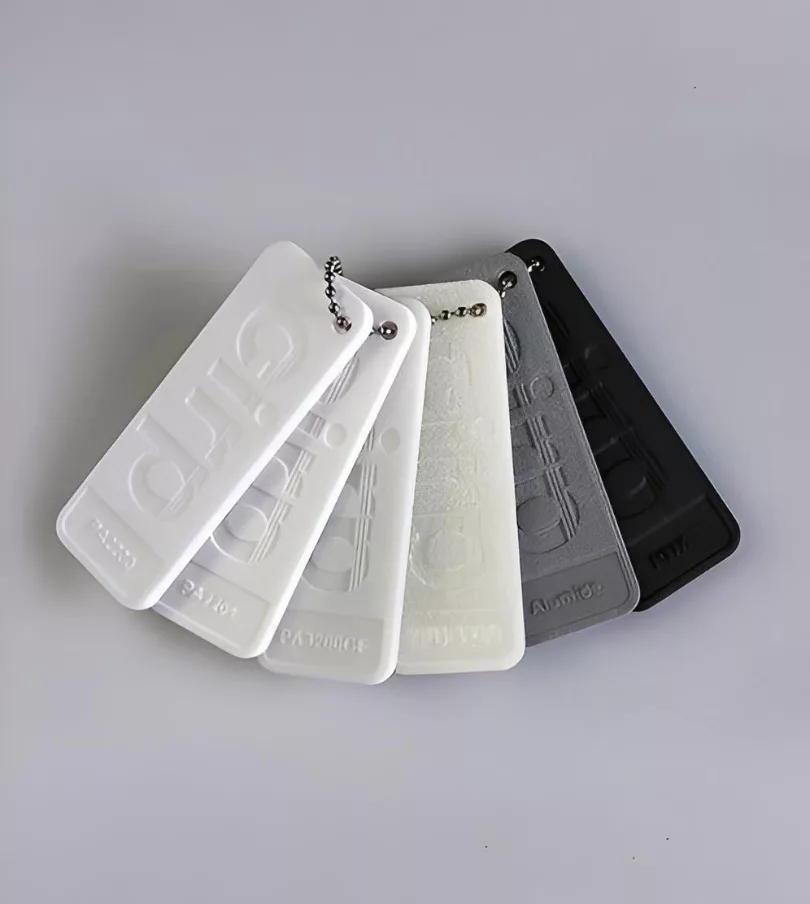
TPU 1301 is a whitish, thermoplastic polyurethane powder with rubber-like elasticity. It is suitable for the manufacture of extremely flexible, abrasion-resistant, high-precision components and has excellent damping properties. The material is particularly suitable for flexible parts. Typical areas of application are shoe soles, helmet padding, orthopedic insoles, seals, hoses, handles, bellows, and tires.
PA 2200 is a whitish fine powder based on polyamide 12. It is suitable for the production of extremely robust, strong, high-precision, high-performance components. The material is biocompatible and certified for food contact. The material is particularly suitable for models and assemblies with high mechanical and fracture behavior requirements. Typical applications of the material include movable component connections, performance components, prostheses, and orthoses.
PA2201 is a whitish, slightly translucent polyamide 12 powder. It is suitable for the production of extremely robust, strong, high-precision, high-performance components. The material meets the strict requirements of the FDA and is suitable for a wide range of applications in the medical and healthcare sectors. The components are particularly suitable for medical models and medical devices.
PA3200GF is a whitish, glass bead-filled polyamide 12 powder with high stiffness and good elongation at break. It is suitable for the production of extremely robust, rigid, high-precision components. The material is characterized by high heat resistance and is particularly suitable for thermally stressed parts. The components are particularly suitable for end products in the engine compartment of vehicles.
Alumide is a metallic gray, aluminum-filled polyamide 12 powder with excellent dimensional stability. It is suitable for the production of extremely robust, rigid, high-precision components. The material is suitable for a wide range of applications. The components are particularly suitable for applications in automotive engineering (e.g., wind tunnel tests) and for gauge and fixture construction.
PA12cf is a carbon fiber reinforced material based on polyamide 12, suitable for the production of highly rigid components. The electrically conductive material is characterized by high rigidity, its own UV protection, and good long-term stability. It is suitable for the manufacture of particularly rigid, high-precision components. The material is excellent for mechanical processing and finishing. Its carbon fiber content makes it relatively lightweight.
Luvosint PA12 material produces truly black parts, as the powder used in its manufacture is completely dyed black. It is suitable for the production of extremely robust, strong, and high-precision components, not only in the prototype sector. Thanks to its thermal and chemical resistance and low warping, it is particularly suitable for components or assemblies with high functional and mechanical requirements.
This white polyamide 12 powder contains a halogen-free chemical flame retardant. Underwriters Laboratories (UL) has issued PA 2210 FR with a Blue Card (equivalent to the well-known Yellow Card for injection molding) specifically for 3D printing materials: With wall thicknesses of 3 mm or more, it meets the required UL 94 / V-0 fire safety rating.
This polyamide 12-based material is white and contains a halogenated flame retardant. Due to the high reusability of the material, it is very cost-effective compared to other flame-retardant materials. Additive manufactured parts made from this material have good tensile strength. Flammability tested in accordance with CS 25 / JAR25 / FAR 25 § 25-853.
Precimid 1180 is a bio-based material made from the renewable raw material castor oil. The white, slightly translucent parts are characterized by high impact strength and elongation at break. They do not splinter even under the highest mechanical stress. Compared to PA 12, they have higher temperature resistance and almost constant mechanical properties over a wide temperature range.
INFINAM® PA 6005 P is a whitish PA613 powder. It is suitable for the production of functional prototypes, one-off parts, and series parts that must meet the highest demands in terms of mechanical and thermal stress.
LUVOSINT® PPS 9268 BK is a naturally black material that offers low warpage and high dimensional stability. This PPS-based material is also characterized by high rigidity, excellent chemical resistance, and flame retardancy. LUVOSINT® PPS 9268 BK is inherently flame retardant. It meets the requirements of R1HL3; R7HL3; R17HL3 according to EN 45545-2 at 2 mm and 10 mm.
ALM PEKK 100 is an unfilled PEKK that combines high impact strength with high tensile strength. It has also passed UL94 V0 material tests for wall thicknesses of 1.5 mm and above.
ALM HT-23 is a filled PEKK with 23% carbon fiber content. It combines high impact strength with high tensile strength and is electrically conductive due to its carbon fiber content.
EOS PEEK HP3 is a semi-crystalline, thermoplastic material. Components made from this material achieve tensile strengths of up to 95 MPa and a modulus of elasticity of 4400 MPa. Depending on the area of application, the continuous service temperature ranges between 180 °C (mechanically dynamic), 240 °C (mechanically static), and 260 °C (electrical).
Material properties
| Materialbezeichnung | Alumide | PA12cf | PA2200 | PA2201 | PA3200GF | TPU 1301 |
|---|---|---|---|---|---|---|
| Farbe | metallisch-grau | schwarz | weiß | weiß | weiß | weiß |
| Härte [Shore A/D] | D 76 | D 75 | D 75 | D 80 | A 86 | |
| Biegemodul [MPa] | 3600 | 1500 | 1500 | 2900 | ||
| Biegefestigkeit [MPa] | 72 | 58 | 73 | |||
| Zugmodul [MPa] | 3800 | 1740 | 1700 | 1700 | 3200 | 60 |
| Zugfestigkeit [MPa] | 48 | 49 | 50 | 48 | 51 | 7 |
| Bruchdehnung [%] | 4 | 9 | 20 | 15 | 9 | 250 |
| Kerbschlagzähigkeit [kJ/m²] | 4,6 | 52 | 4,8 | 4,8 | 5,4 | kein Bruch |
| Wasseraufnahme [%] | ||||||
| Dichte lasergesintert [g/cm³] | 1,36 | 1,01 | 0.93 | 0.93 | 1,22 | 1,11 |
| HDT @ 0.45 MPa [°C] | 175 | 157 |
Surface technology and assembly
Our trained model makers will assist you with various surface finishes and assembly work to ensure that your component meets your expectations. We will work with you to determine the level of detail, time required, and effort involved.
Trowalizing smooths or polishes the surface of components. Trowalized components are also easier to dye.
Vapor smoothing closes the surface, smoothing and sealing the components and making them more resistant to dirt. The mechanical properties are also improved, as the notch effect is reduced by smoothing the layer marks. Colored parts are even more durable thanks to this post-treatment. Biocompatible materials retain their properties, e.g. in the food industry or in medical products.
During infiltration, components are immersed in colorless epoxy resin. Epoxy infiltration ensures an airtight and liquid-tight seal that can withstand high temperatures and chemicals. The infiltration process does not involve the application of any material and does not prevent coloring.
cirp offers a wide range of colors. In this process, the components are immersed in a dip bath and completely dyed to a penetration depth of around 0.2 mm. The colors are resistant to UV radiation, water, and abrasion. There is no material build-up as is the case with painting, for example.
SLS parts can be painted in any desired color according to RAL. Special paint finishes are also possible.
Markings, lettering, symbols, or logos can be applied to the plastic parts as required.
3D-printed components can be joined using a variety of methods. These include bonding, riveting, screwing, and other methods, or a combination thereof. When it comes to bonding, for example, we can draw on decades of experience in combining joining partners and the resulting different adhesives.
Various threaded inserts can be incorporated into the laser sintered part on request.
The cirp team can also assist you with the assembly of your components if required. This includes the assembly of individual electrical components or parts provided by you or purchased from third parties.
With KragenHELD, your look will always remain professional. The smart solution for perfectly shaped collars, ideal for everyday use and travel, eliminating the need for ironing at your destination. Selective laser sintering (SLS) creates a slightly rough or textured surface, which is why the collar stays in place better in KragenHELD.
Project: Continuous series production
Material: PA2200
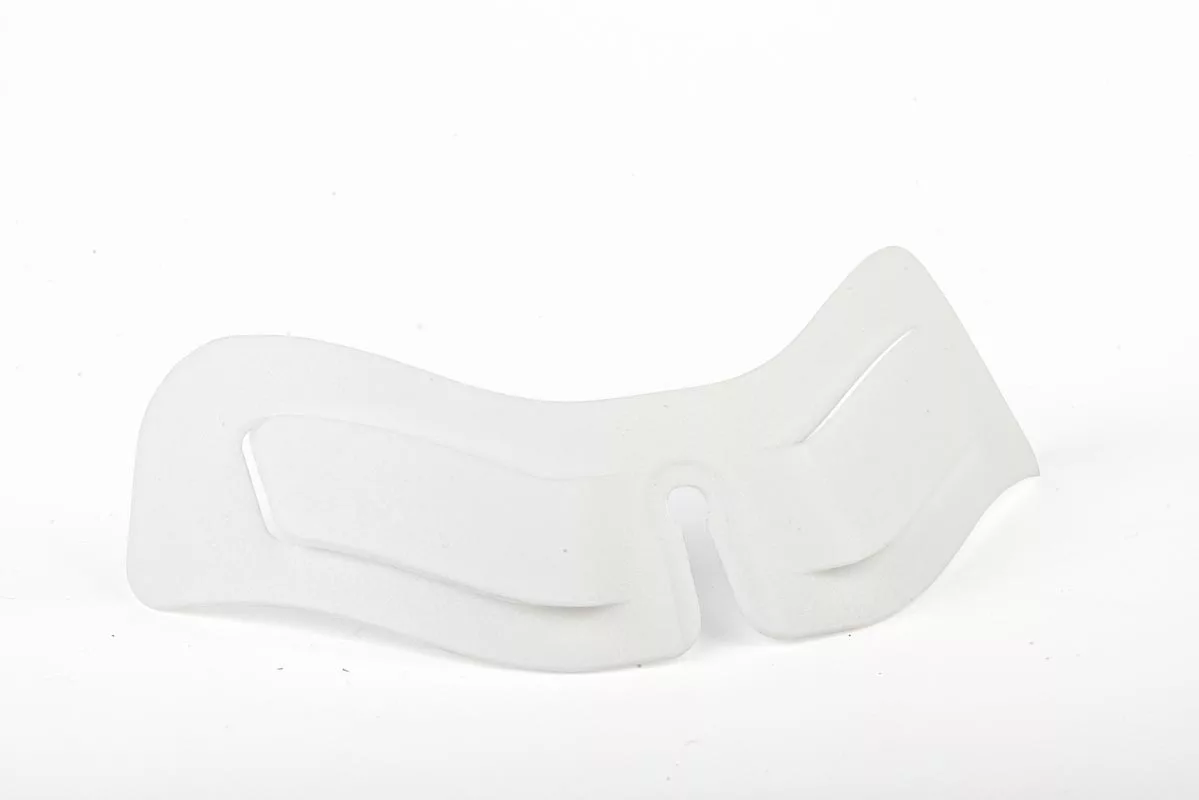
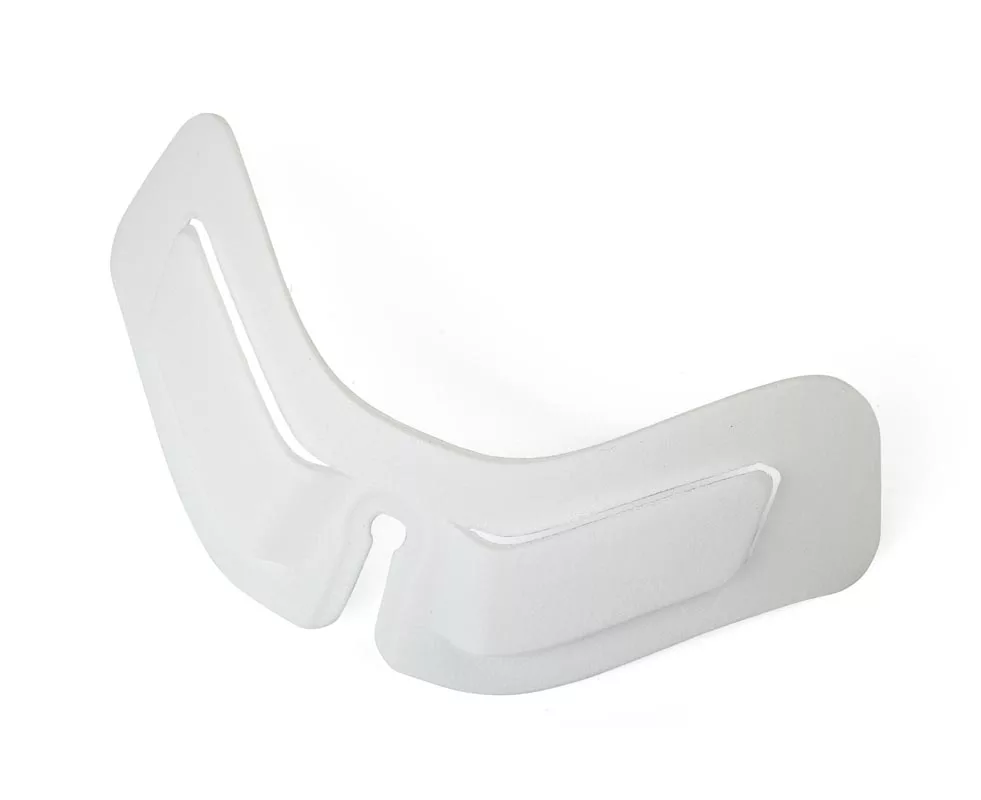

The additively manufactured spreading head with integrated bellows is used to spread contact lens blisters. The transfer process is carried out by a delta robot. The SLS material PA2200 in particular enables the production of thin-walled structures that are sufficiently elastic to compensate for the movement of the spreading head.
Project: Custom-made
Material: PA2200
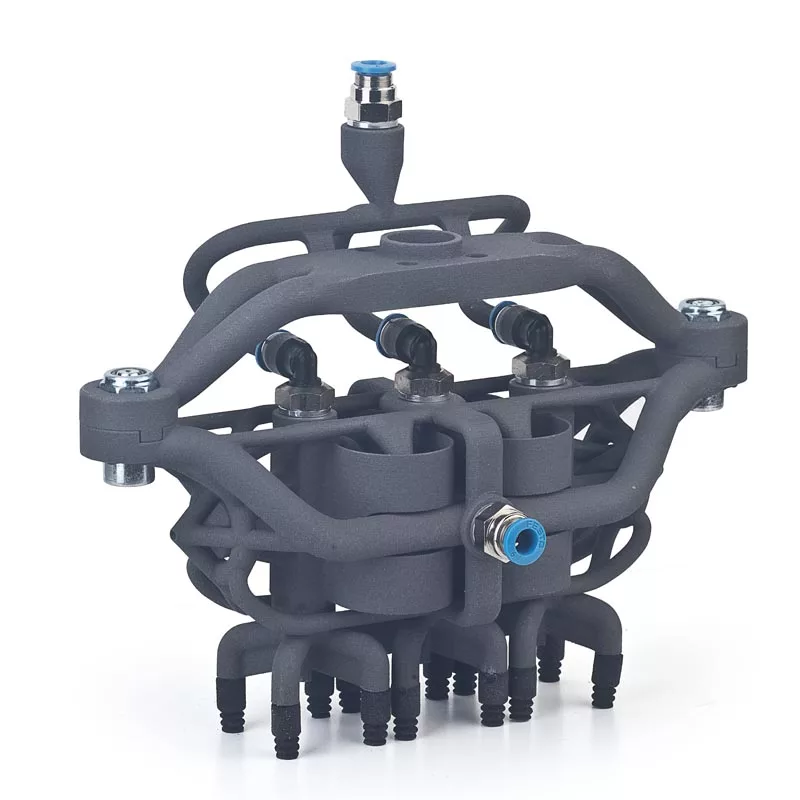

Copyright Harro Höfliger Verpackungsmaschinen GmbH / Nico Hjordt

To stand out from the competition in the digital age, the FFG Europe & Americas Group offers its sales staff the opportunity to use models in sales talks. These can be customized in a variety of ways using magnetically interchangeable components, just like the original. The various components are manufactured using SLS and then colored and assembled by our model makers.
Project: Custom-made
Material: PA2200
Finishing: Coloring and assembly
Due to the customizability of geometries and sizes, orthoses and prostheses manufactured using selective laser sintering (SLS) have become very popular, as they can be easily “adapted” or designed for (small) patients.


One advantage of additive manufacturing is that it can be used to produce structures that cannot be manufactured from thermoplastics such as PA12 or TPU using other manufacturing processes. These include, for example, lattice structures made from PA12 for lightweight construction or from TPU for functional optimization.
